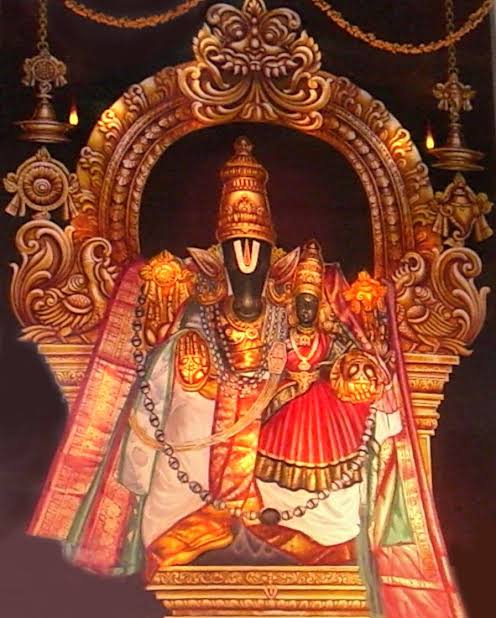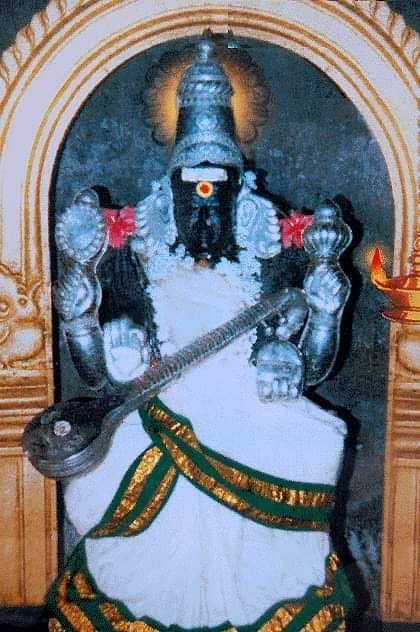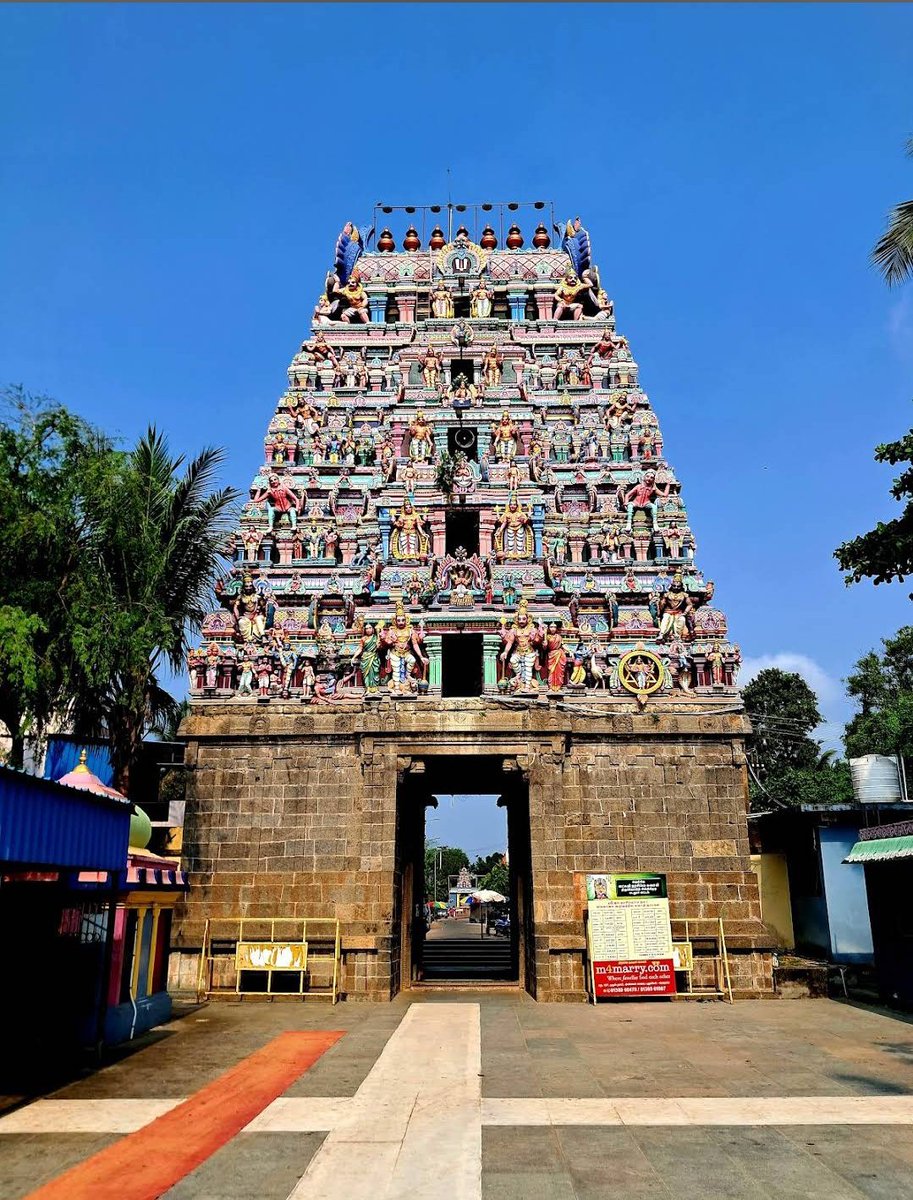Glanced through the #EconomicSurvey report. A very detailed report covering many parameters, a few of them from chapter 1:
1. Global Economic crises were severe but spaced out but since 2020 we have faced 3 of them. 2000s - Dotcom Bust, Great Recession; 2010s - taper tantrum;
1. Global Economic crises were severe but spaced out but since 2020 we have faced 3 of them. 2000s - Dotcom Bust, Great Recession; 2010s - taper tantrum;
Trade tension between China & US; 2020s - COVID 19, Russia-Ukraine conflict, Monetary Tightening & its just 2023 we still have 7 more years! so, interesting times
2. Commodity prices post the pandemic have risen and not gone back to pre pandemic levels so inflation is high
2. Commodity prices post the pandemic have risen and not gone back to pre pandemic levels so inflation is high
3. The rate hike by central banks have been very steep this time around which is expected to cause a lot of pain by destroying the demand.
The chart below gives you an idea. In 2010s you had 0% fed rates and now in 1 year the rates are up by 425 bps. Interesting times!
The chart below gives you an idea. In 2010s you had 0% fed rates and now in 1 year the rates are up by 425 bps. Interesting times!

4. This led to FPIs selling Indian markets but we did not crack! which speaks volumes about the capacity of domestic institutions to absorb this selling!
In 2008-09 FIIs sold only ~1/3rd of this & NIFTY went down to ~2250 from ~6500
In 2008-09 FIIs sold only ~1/3rd of this & NIFTY went down to ~2250 from ~6500

5. India is the country with the highest GDP growth when the entire world is teetering. Very few ppl understand this 

6. This table that shows the inherent strength in the system. The ~35 crore households have only ~36% of the total debt in India & the Government & industries have ~80% each.
HH debt in China is ~62% & US it is 76%. Industries are levered 220% in China & 155% in the US
HH debt in China is ~62% & US it is 76%. Industries are levered 220% in China & 155% in the US

Indian HH are better equipped to handle a crisis. This has a strong linkage to our culture that abhors debt. There is no other factor!
7. Our Current Account Deficit has widened but we have enough Forex reserves as cover. Exports might take a hit cos of global recession
7. Our Current Account Deficit has widened but we have enough Forex reserves as cover. Exports might take a hit cos of global recession
8. Not one major organization has predicted a lower growth rate for India. One of the main reason has been the private consumption that has touched almost ~60% in H1FY23. This was lower at ~55 to 56% in the previous 7 years. could be pent up demand but we need to wait & see 

9. This pent up demand was visible in the housing market as well. Home loans reported ~16%+ growth in the system with lower inventory over hang in the system.
10. Capex push by the center was huge & Private is also expected to participate.
10. Capex push by the center was huge & Private is also expected to participate.

11. Good growth has led to buoyant tax collections but moderate increase in the expenditure keeping the fiscal deficit under control even during COVID years 

12. Private sector capex was at ~3.3lakh crores in H1FY23. With stronger balance sheets Indian corporates have been able to borrow for growth and the Banking system post the NPA crisis in 2017 is also pitching in. SME credit has picked up as well. 

13. Urban unemployment rate has been at a 4 year low of 7.2%. This means that growth has returned and has created jobs as well post the Pandemic, which augurs well for the future. 

On the whole India is strong with:
- good demand from the HHs
- strong balance sheet & spending from the corporates
- good govt spending
- strong balance sheet & credit growth in the banking system
concerns - global slowdown that might hit the exports
- good demand from the HHs
- strong balance sheet & spending from the corporates
- good govt spending
- strong balance sheet & credit growth in the banking system
concerns - global slowdown that might hit the exports
Will do a highlight of the Chapter 2 depending on the response that this thread gets.!
• • •
Missing some Tweet in this thread? You can try to
force a refresh











